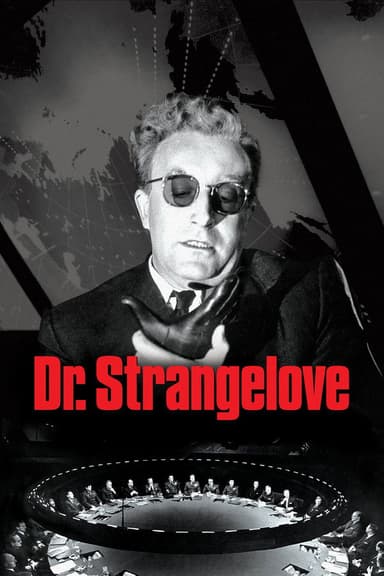
Corner Office
2023 • Comedy, Mystery • PG-13
In this office satire, Orson, a straight-laced employee, retreats to a blissfully empty corner office to get away from his lackluster colleagues. But why does this seem to upset them so much?
Runtime: 1h 42m
Why you should read the novel
Reading Jonas Karlsson’s The Room allows you to fully immerse yourself in the protagonist Björn’s eccentric inner world. Through Karlsson’s sharp, introspective prose, you intimately experience Björn’s perceptions and sense—or lack—of belonging in his workplace. The nuanced narrative voice and ambiguity invite you to interpret reality alongside the narrator, leading to a more personal and psychically engaging experience than any visual medium can offer.
The novel’s satirical edge and subtle humor are best appreciated on the page, where Karlsson’s dry wit and understated irony shine. The slow reveal of the mysterious “room” develops suspense, encouraging the reader to question not just Björn’s sanity but also the stifling conformity often present in corporate environments. The themes of isolation, bureaucracy, and individuality resonate more deeply when you can pause, reflect, and reread moments that strike a chord.
By reading the book, you also benefit from Karlsson’s careful characterization and subtext, which are often compressed or altered for screen adaptations. The original narrative’s pacing lets you linger on the psychological tension and existential questions at its heart. Discover the full complexity of Björn’s story by engaging directly with Karlsson’s thought-provoking prose.
Adaptation differences
While Corner Office stays true to the central premise of Jonas Karlsson’s The Room, several key differences distinguish the film adaptation from the novel. The movie amplifies the absurdity through visual gags and overtly stylized production design, highlighting the surreal aspects of office culture in a way the book suggests more subtly. This visual emphasis inevitably shapes the audience's interpretation, whereas the novel leaves much for the reader’s imagination.
The protagonist’s characterization also diverges between mediums. In the book, Björn is presented through a highly subjective, unreliable narrative voice, blurring the lines between reality and delusion. The movie, while attempting to replicate this ambiguity, often relies on actor performance and directorial choices to externalize Björn’s mental state, reducing the personal connection and interpretive space found in the prose.
Another significant difference is in pacing and depth of psychological tension. The novel takes its time building anxiety and exploring Björn’s alienation; moments that read as slow burns in the book are sometimes compressed or altered for cinematic effect, changing how suspense and discomfort accumulate. The themes of bureaucracy and conformity remain, but their nuances can become lost in translation.
Lastly, the open-endedness of the novel’s conclusion is handled differently on screen. While the book encourages readers to wrestle with lingering ambiguity about the existence of “the room,” the film’s need for visual resolution pushes it toward more concrete answers or overt metaphors. As a result, the adaptation, while entertaining, offers a less introspective and layered experience than the literary original.
Corner Office inspired from
The Room
by Jonas Karlsson








